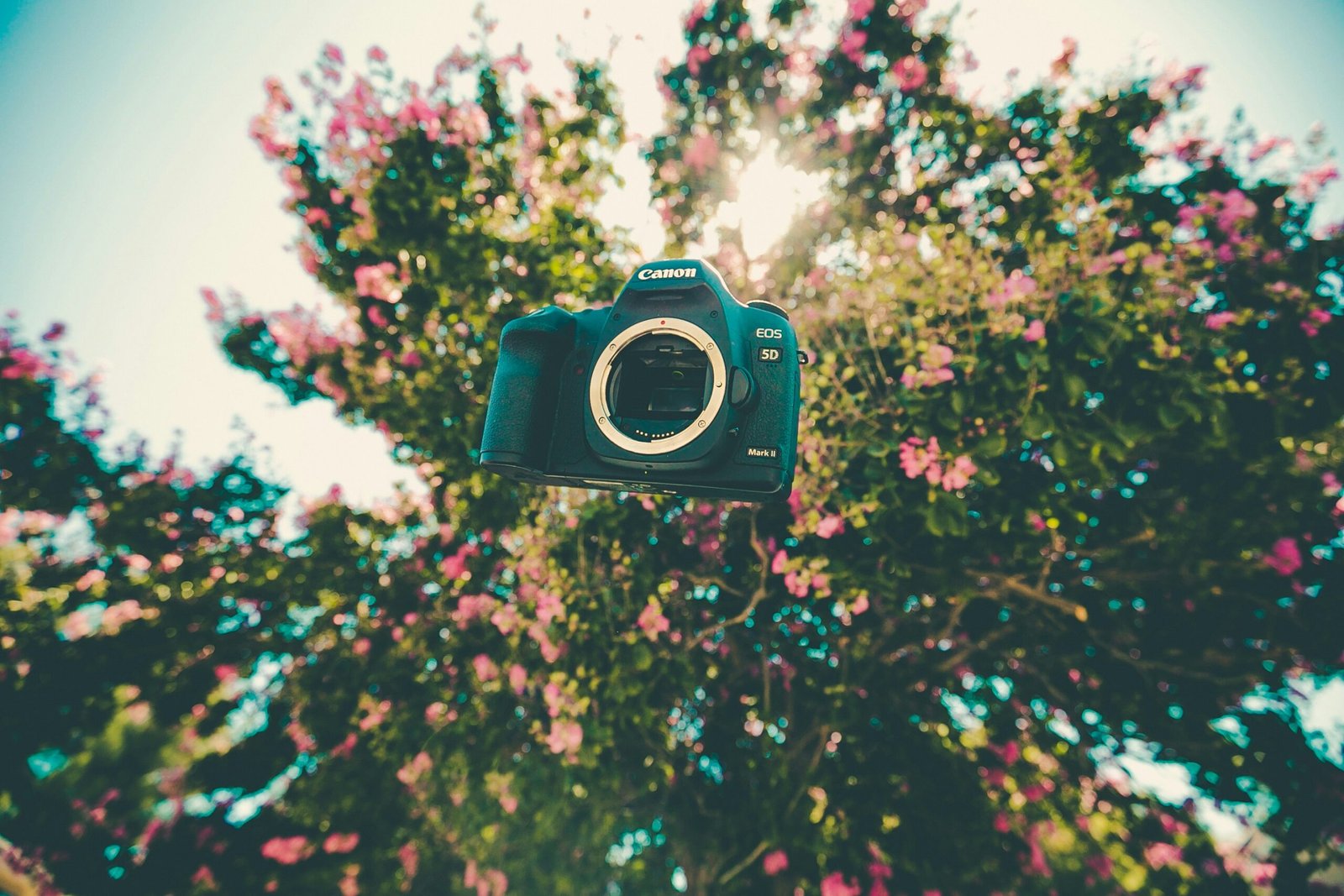Understanding and Fixing DSLR Camera Shutter Speed Issues

Identifying Common Shutter Speed Problems in DSLR Cameras
Shutter speed is a critical aspect of photography that significantly influences the final image quality. When encountering issues with shutter speed in DSLR cameras, photographers may observe various symptoms, including blurry images, overexposure, underexposure, and unexpected motion blur. These problems often stem from incorrect shutter speed settings, malfunctioning shutters, or user error.
Blurry images are a common indication of improper shutter speed. This issue frequently arises when the shutter speed is too slow, allowing the camera or subject to move during the exposure. Consequently, the image lacks sharpness and clarity. To resolve this, photographers should ensure they are using a faster shutter speed, particularly in low-light conditions or when capturing fast-moving subjects.
Overexposure and underexposure are additional problems linked to shutter speed. Overexposure occurs when the shutter speed is too slow, permitting excessive light to reach the image sensor, resulting in a washed-out photograph. Conversely, underexposure happens when the shutter speed is too fast, restricting the amount of light and yielding a dark, underwhelming image. Adjusting the shutter speed to match the lighting conditions and the desired exposure level is essential to achieving balanced photographs.
Unexpected motion blur is another issue photographers may face. While motion blur can be artistically used to convey movement, unintended blur can ruin an otherwise perfect shot. This typically occurs when the shutter speed is not adequately set for the motion being captured. For instance, photographing a speeding car with a slow shutter speed will result in an indistinct image. To prevent unwanted motion blur, it is crucial to select a shutter speed that freezes the action, depending on the speed and direction of the subject’s movement.
In many cases, shutter speed problems can be attributed to user error. Familiarizing oneself with the camera’s settings and practicing different shutter speed adjustments can significantly improve one’s ability to capture well-exposed, sharp images. However, if issues persist despite correct settings, the camera’s shutter mechanism may need professional inspection and repair.
Understanding these common shutter speed problems and their causes enables photographers to diagnose and rectify issues more effectively, ensuring they can continue to capture high-quality images with their DSLR cameras.
Troubleshooting and Resolving Shutter Speed Issues
When encountering shutter speed issues with your DSLR camera, the first step is to ensure that the shutter speed settings are correctly configured. Begin by accessing the camera’s menu and verifying that the shutter speed is set according to your shooting requirements. Consult your camera’s manual for detailed instructions on adjusting these settings. Proper lighting conditions are also crucial; insufficient light can cause slow shutter speeds, resulting in blurry images. Consider using artificial lighting or adjusting your ISO settings to compensate for low light environments.
Next, ensure that your camera’s firmware is up to date. Manufacturers periodically release firmware updates that can resolve known issues and improve camera performance. Check the manufacturer’s website for the latest updates and follow their instructions for installation. Keeping your firmware current can address potential shutter speed problems.
If basic troubleshooting does not resolve the issue, more advanced solutions may be necessary. Cleaning the shutter mechanism can be beneficial, especially if the camera has been exposed to dust or debris. Use a blower or professional cleaning tools designed for camera maintenance. If you are uncertain about performing this task, it is advisable to seek professional assistance to avoid damaging the camera.
Performing a factory reset can also help resolve persistent shutter speed issues. This action restores the camera to its default settings, potentially eliminating any software-related problems. Refer to your camera’s manual for instructions on how to execute a factory reset safely.
In cases where the aforementioned steps do not rectify the issue, it might be necessary to seek professional repair services. Authorized service centers have the expertise and tools required to diagnose and fix complex problems. It is important to choose a reliable service provider to ensure quality repairs.
To avoid future shutter speed issues, regular maintenance and proper usage practices are essential. Clean your camera periodically, store it in a dry, dust-free environment, and handle it with care. By following these guidelines, you can maintain optimal performance and prolong the lifespan of your DSLR camera.



